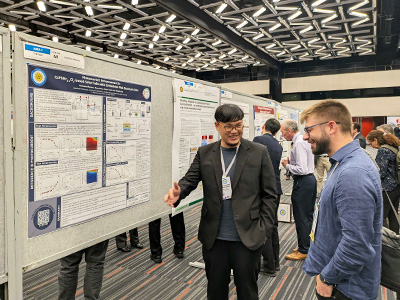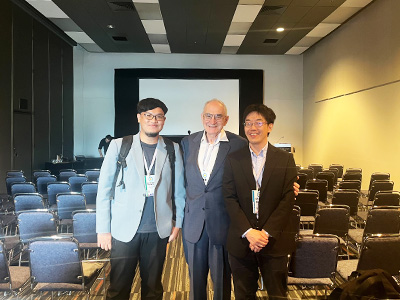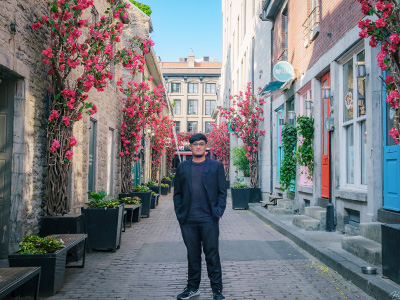IEEE Photovoltaic Specialists Conference (PVSC) is one of the largest and most prestigious conferences that gathers scientists and engineers in the field of photovoltaics. The conference was first held in 1961. The PVSC I attended this time was the 53rd edition, which was also the first PVSC held outside the U.S. and Canada. The conference typically attracts approximately 500 to 1000 participants, depending on the venue. Attendees come from diverse backgrounds, including materials science, device physics, condensed matter physics, and energy management-yet all share a common interest in solar energy and photovoltaic devices, especially solar cells (SCs).
The plenary talks at PVSC offer valuable updates and overviews of cutting-edge photovoltaic technologies, such as two-dimensional materials, novel photovoltaic cell concepts, and the industrialization of innovative solar cell architectures.
A particularly emerging concept of two-dimensional material-based SCs was introduced during one of the plenary talks. The presentation highlighted the integration of photovoltaic physics with quantum optics, specifically through the use of a Fabry-Pérot cavity structure. In addition to academic insights, many companies showcased their recent advancements and actively sought promising young researchers for potential collaborations.
During the conference, I had the opportunity to present my work in a poster session on the realization of two-step photon upconversion solar cells—solar cells capable of harvesting low-energy light—using low-cost semiconductors with exceptional optoelectronic properties and a facile fabrication process.

My presentation was held during the poster session on fundamental and emerging concepts for novel photovoltaic cells. I presented under the title: "Photocurrent Enhancement in CsPbBr3–xClx-based Solar Cells with Embedded PbS Quantum Dots."

My research focuses on the realization of two-step photon upconversion solar cells (TPU-SCs), which aim to harvest low-energy light—particularly infrared light, which accounts for more than half of the solar spectrum. TPU-SCs have previously been demonstrated using III-V semiconductors, such as AlxGa1-xAs with various AlAs molar ratios. However, due to the complexity and cost of fabricating III–V semiconductors, it is important to explore alternative semiconductors that can used for TPU-SC applications.
While other semiconductors such as perovskites and chalcogenides have shown exceptional optoelectronic properties, TPU-SCs based on these semiconductors have not yet been fully explored or realized. To address this, I proposed and realized TPU-SCs based on CsPbBr3–xClx perovskite nanocrystals (NCs) with various Cl molar ratios to create an interface of two different semiconductors.
To suppress anion exchange reactions and enhance TPU effects at the interface, PbS quantum dots were embedded at the interface between CsPbBr1.5Cl1.5 and CsPbBr3 layers. As a result, photocurrent enhancement was observed as a function of low-energy light intensity, indicating that TPU effects occurred at the interface.
I also compared the photocurrent characteristics with those of single-junction CsPbBr1.5Cl1.5 and CsPbBr3-based solar cells. The TPU-SC structure incorporating PbS quantum dots showed clear enhancement, whereas the single-junction solar cells exhibited photocurrent degradation. The latter is attributed to the intrinsic properties of perovskite nanocrystals.
Attending the PVSC allowed me to build connections with researchers from around the world. I had an insightful discussion with a researcher from the Netherlands, whose presentation focused on the characterization of crystal phases of CsPbI3 using a simple scanning electron microscopy (SEM) technique. The results were impressive, as he demonstrated that, although the technique is relatively simple and conventional, it can effectively distinguish the crystal phases of CsPbI3 from conductive phases (α, β, and γ) to the non-conductive δ-phase.
A particularly memorable moment was my discussion with Professor Eli Yablonovitch, the father of the Photonic Bandgap concept. The conversation was smooth, enjoyable, and intellectually enriching. It significantly deepened my understanding of photovoltaics and device physics.
Beyond the academic experience, Montreal is a beautiful city rich in culture. The dominance of French culture gives the city a unique and charming character. I especially enjoyed the morning café culture, complete with delicious pastries—a true expression of French lifestyle that I quickly fell in love with.


